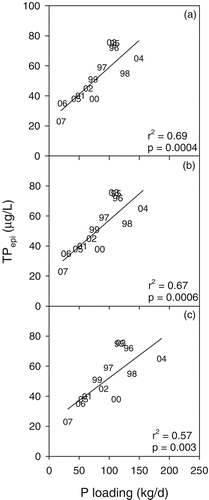Figures & data
Figure 2 Time series for two sites on Onondaga Creek that bracket the urban portion of the watershed: (a) Q, with mean daily flow from long-term record for downstream site, (b) TP, (c) TDP, and (d) SRP.

Figure 3 Patterns of dissolved forms of P in Onondaga Creek for dry weather/low flow (< 2.8 m3/s) conditions: (a) distributions of TDP at the upstream and downstream sites during the June–October interval of 2007, (b) distributions of SRP at the upstream and downstream sites during the June–October interval of 2007, and (c) time series of the annual average SRP at the two sites with vertical bars that correspond to ± one standard deviation.
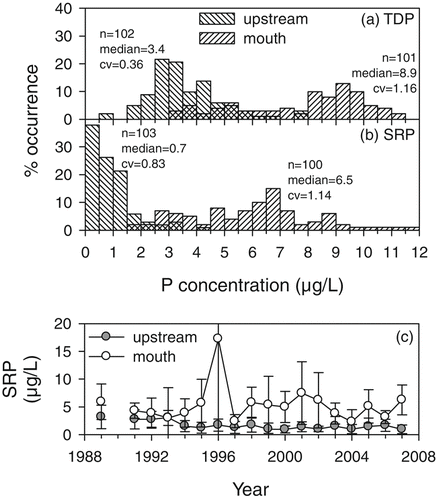
Figure 4 Time series for a runoff event in July of 2007: (a) Q, (b), TDP, (c) TDPL, (d) PP, and (e) PPL.
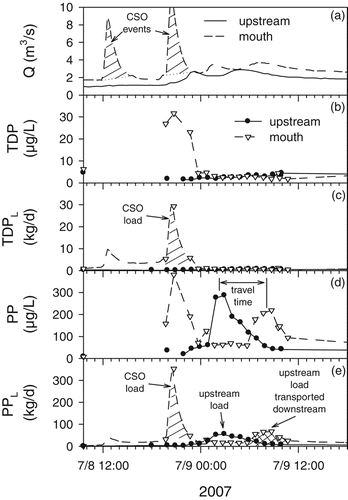
Figure 5 Ratios of estimates of Onondaga Creek CSO loading for TP (TPL/CSO) and SRP (SRPL/CSO) and volume (VCSO) for different years or intervals: (a) TPL/CSO:VCSO, and (b) SRPL/CSO:VCSO.
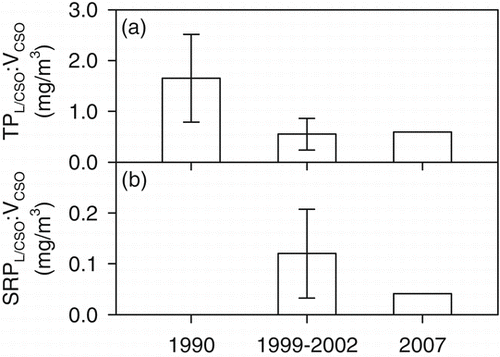
Table 1 CSOs on an annual and summertime (May–Sep) basis for the 1995–2007 period: number of events, and estimates of VCSO, TDPL/CSO and PPL/CSO.
Figure 6 Particulate P loading from Onondaga Creek for the May–September intervals of 1995–2007: (a) distribution of the ratio of the upstream load to the downstream load and (b) dependence of this ratio on mean flow for the interval.
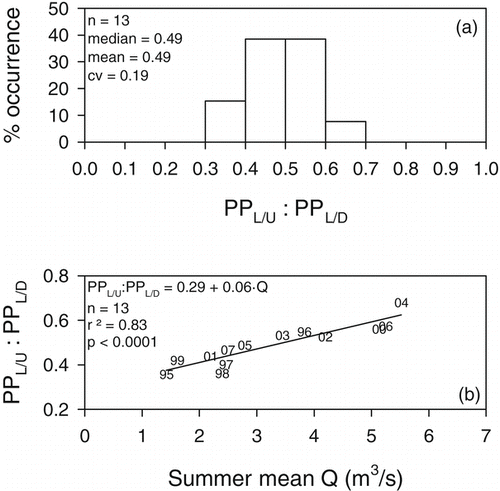
Figure 7 Closure analysis for sources of P loading to Onondaga Creek for the 2001–2007 interval: (a) TDPL, and (b) PPL.

Figure 8 Distribution of ratios of forms of P for Onondaga Lake tributaries for the May–September interval: (a) TDP:TP, upstream site on Onondaga Creek, (b) TDP:TP, downstream site on Onondaga Creek, low flow conditions, (c) TDP:TP, downstream site on Onondaga Creek, high flow conditions, (d) TDP:TP, mouth of Ninemile Creek, (e) TDP:TP, mouth of Ley Creek, (f) SRP:TDP, upstream site on Onondaga Creek, (g) SRP:TDP, downstream site on Onondaga Creek, low flow conditions, (h) SRP:TDP, downstream site on Onondaga Creek, high flow conditions, (i) SRP:TDP, mouth of Ninemile Creek, and (j) SRP:TDP, mouth of Ley Creek.
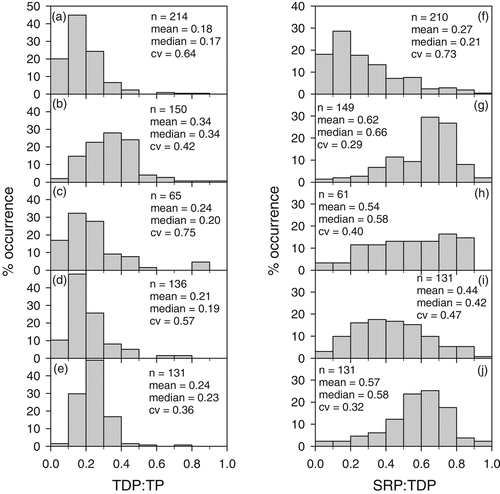
Table 2 Average flow and phosphorus loading rates to Onondaga Lake.
Figure 9 Evaluation of TDP vs. stream flow (Q) relationships for the downstream site on Onondaga Creek for two stream flow strata and two time intervals, 1995–2000 (interval 1) and 2001–2007 (interval 2).
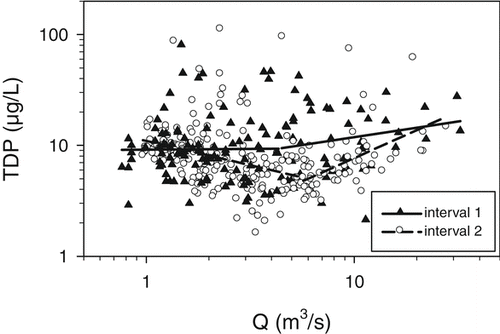
Figure 10 Contributions to P loading, Metro and tributaries: (a) case 1, TPL on an annual basis, TPMetro = 120 μg/L; (b) case 2, TPL for the May-September interval, TPMetro = 120 μg/L; (c) case 3, PPL adjusted for bioavailability, TPMetro = 120 μg/L; (d) case 4, effective (available to support primary production) P loading from tributaries, TPMetro = 120 μg/L; and (e) case 5, effective P loading from tributaries and Metro bypass, TPMetro = 20 μg/L, estimated manageable fraction of tributary loads indicated. Adjustments for effective P loading as described by CitationEffler et al. (2002). Metro bypass included within TPMetro/L for all cases. Total loading rates for each case appear below the respective pie charts.

Figure 11 Evaluation of the dependence of TPepi on summer average external loads of P, 1995–2007: (a) TPMetro/L, (b) summation of TPMetro/L and TDPL, and (c) summation of TPMetro/L, TDPL, and PPL.
